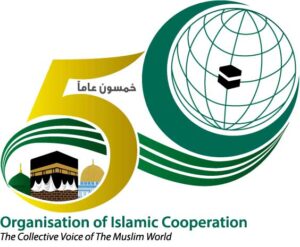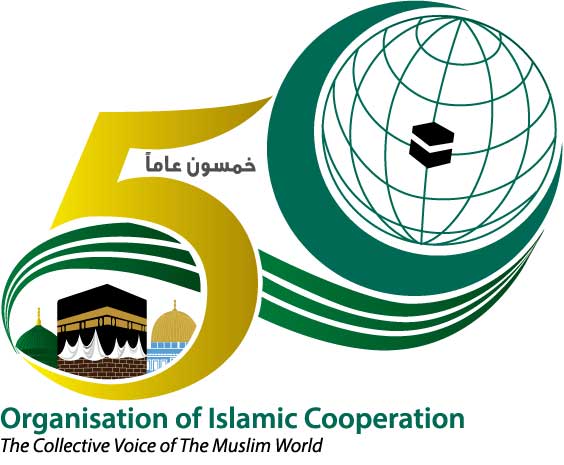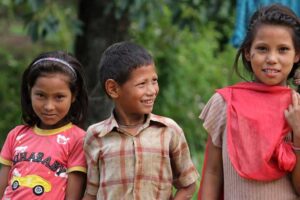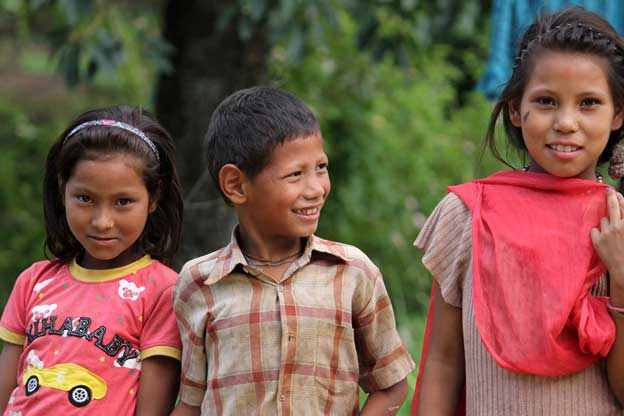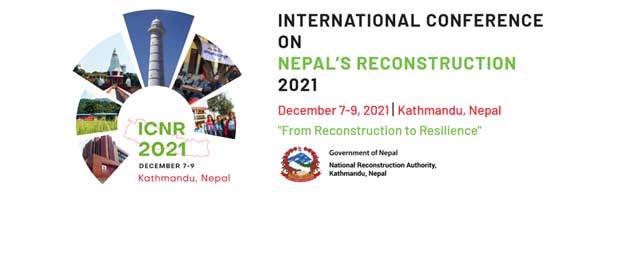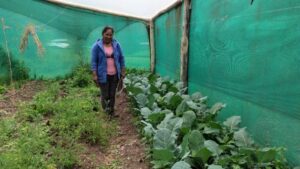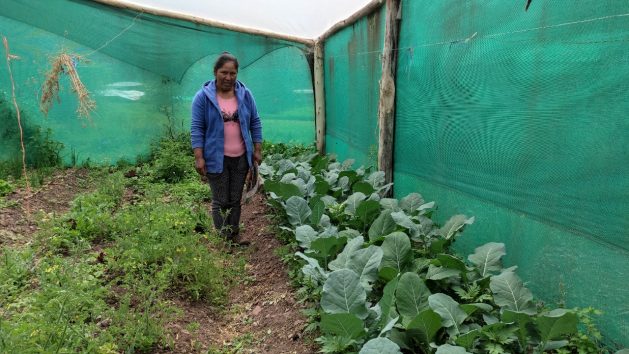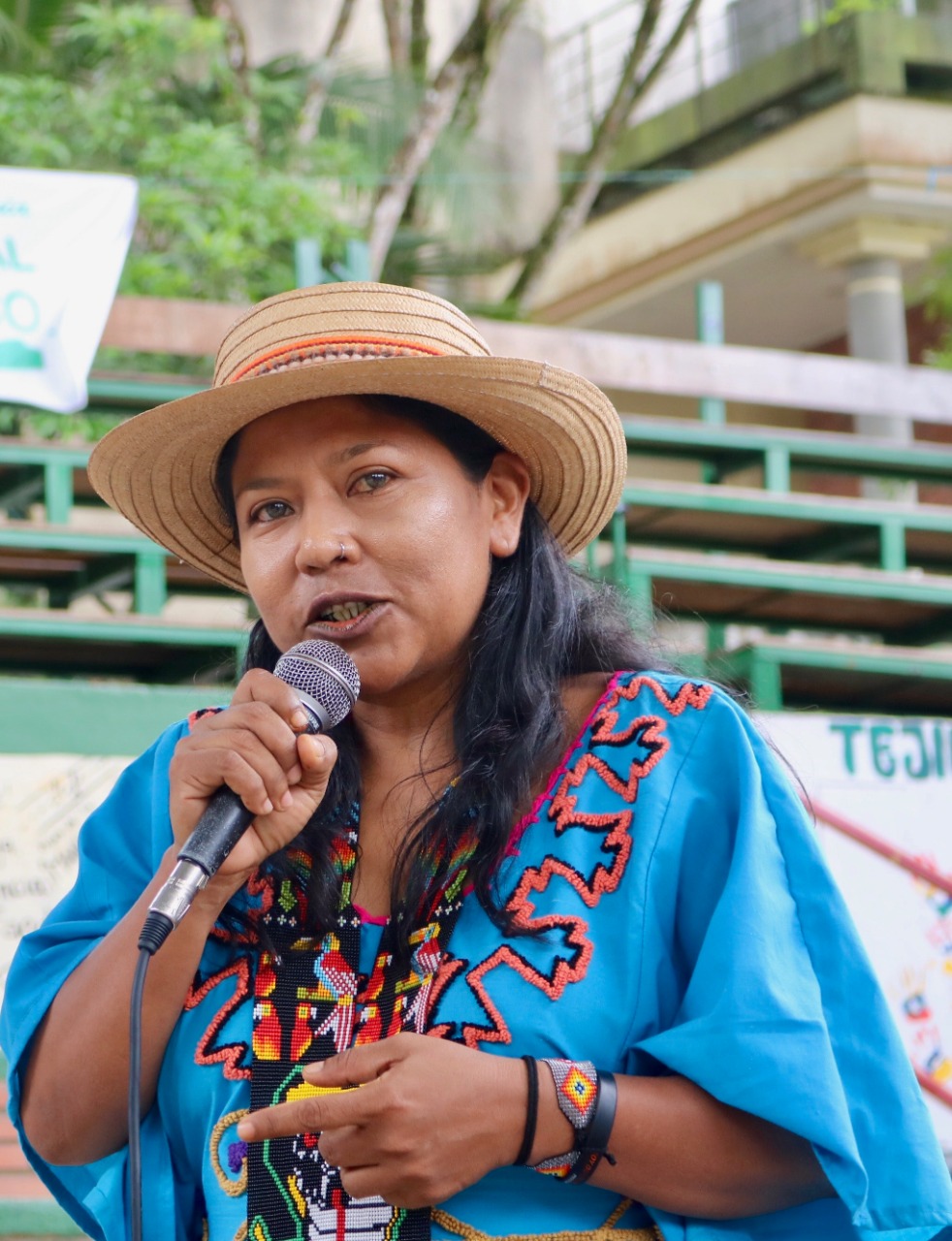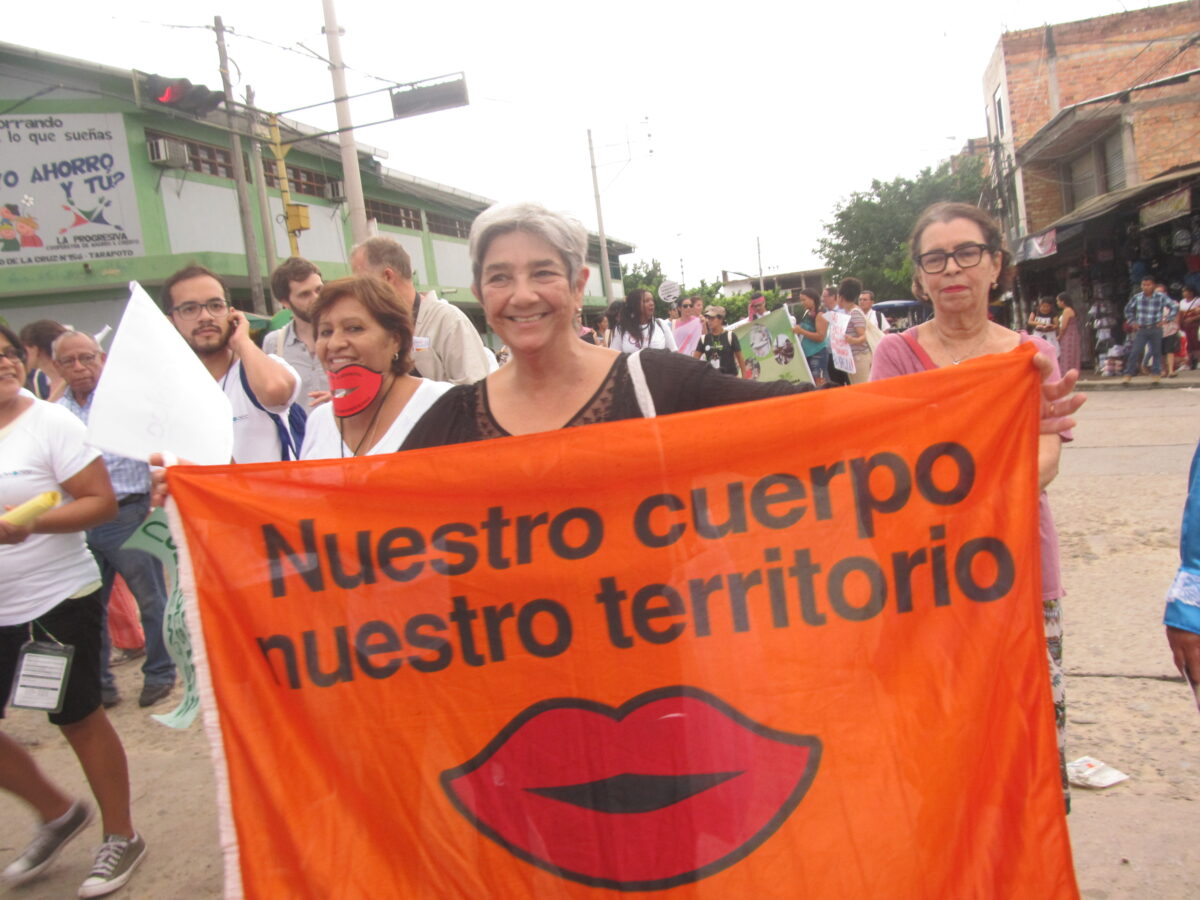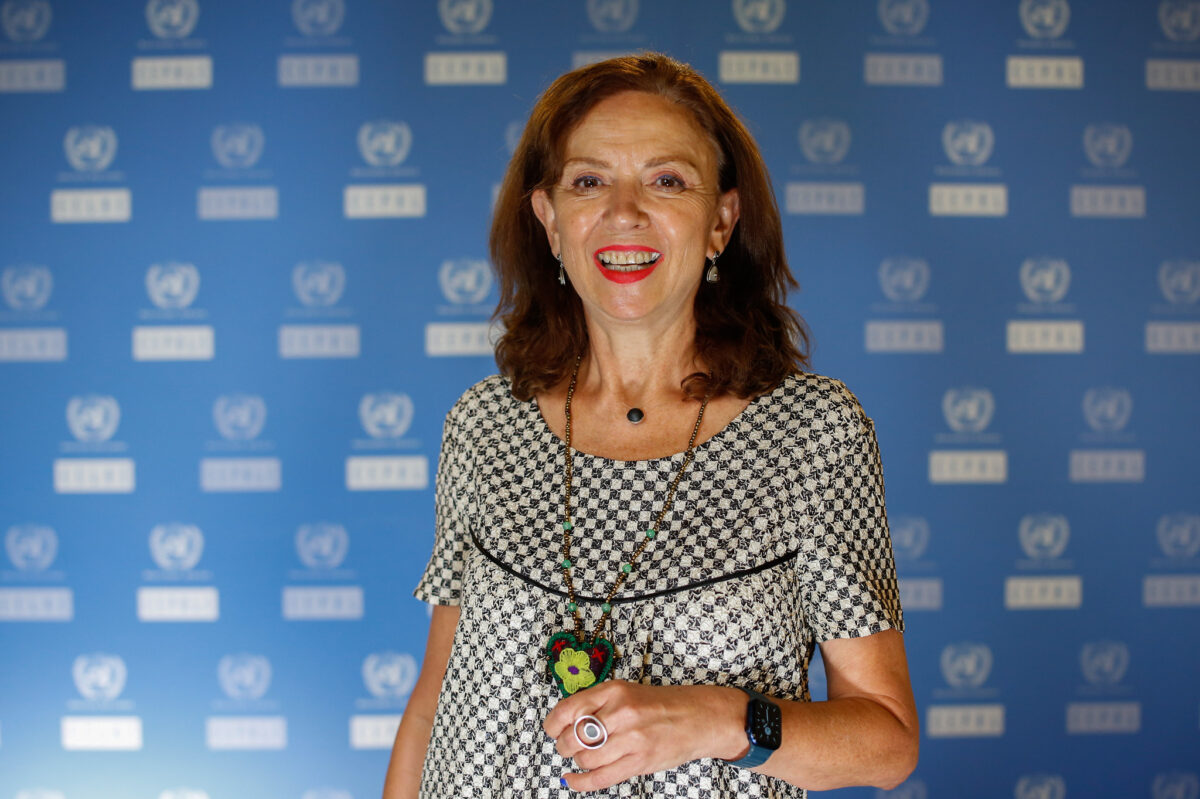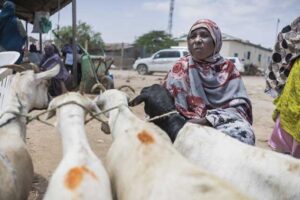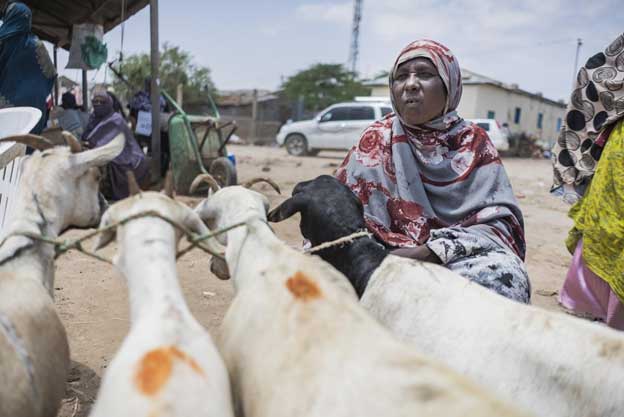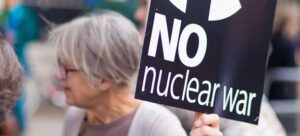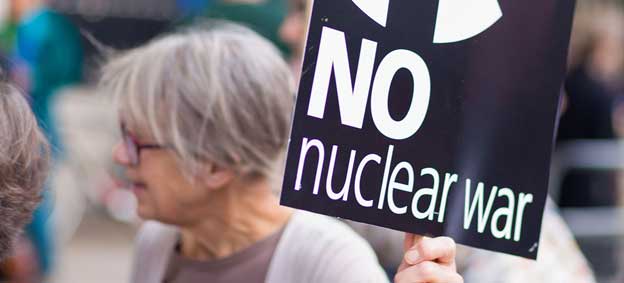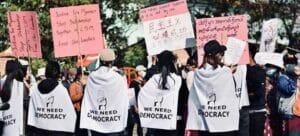
Civil Society, Crime & Justice, Featured, Global, Global Governance, Headlines, Human Rights, IPS UN: Inside the Glasshouse, TerraViva United Nations
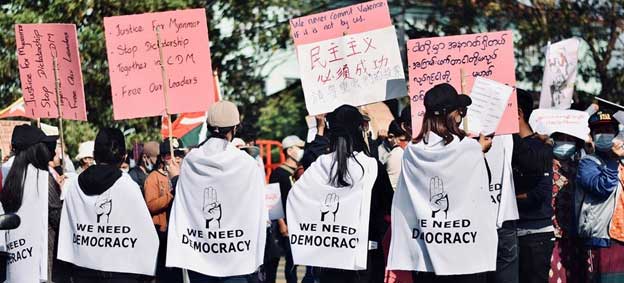
Young people take part in a pro-democracy demonstration in Myanmar. Credit: Unsplash/Pyae Sone Htun
– A spike in state-sanctioned executions worldwide – including in Iran, Singapore, Saudi Arabia, and more recently Myanmar – has triggered strong condemnations from the United Nations and several civil rights and human rights organizations.
As Covid-19 restrictions that had previously delayed judicial processes were steadily lifted in many parts of the world, says Amnesty International (AI), judges last year handed down at least 2,052 death sentences in 56 countries—a close to 40% increase over 2020—with big spikes seen in several countries including Bangladesh (at least 181, from at least 113), India (144, from 77) and Pakistan (at least 129, from at least 49).
Other countries enforcing the death penalty, according to AI, include Egypt, Iraq, Somalia, South Sudan, Belarus, Japan, the United Arab Emirates, the Democratic Republic of Congo (DRC), China, North Korea, Viet Nam and Yemen.
In military regimes, such as Myanmar, the armed forces play a triple role: judge, jury and hangman.
Dr Simon Adams, President of the Center for Victims of Torture, the world’s biggest organization that works with torture survivors and advocates for an end to torture worldwide, told IPS the recent execution of four pro-democracy activists by Myanmar’s military junta represents a sickening return to the “politics of the hangman’s noose”.
Arbitrary detention and torture have also been committed on an industrial scale, he said.
The military regime has detained over 14,000 people and sentenced more than 100 to death since the (February 2021) coup. While many governments around the world have condemned the recent hangings, it is going to take more than words to end atrocities in Myanmar, he pointed out.
“People are crying out for targeted sanctions on the Generals, for an arms embargo, and for Myanmar’s torturers and executioners to be held accountable under international law”, said Dr Adams, who also helped initiate the case at the International Court of Justice (ICJ) in The Hague, where The Gambia is trying to hold Myanmar accountable for the genocide against the Rohingya.
The London-based Amnesty International (AI) said last May that 2021 “saw a worrying rise in executions and death sentences as some of the world’s most prolific executioners returned to business as usual and courts were unshackled from Covid-19 restrictions.”
Iran accounted for the biggest portion of this rise, executing at least 314 people (up from at least 246 in 2020), its highest execution total since 2017.
This was due in part to a marked increase in drug-related executions—a flagrant violation of international law which prohibits use of the death penalty for crimes other than those involving intentional killing, said AI.
Antony J. Blinken, US Secretary of State, said last week the United States condemns in the strongest terms the Burma military regime’s executions of pro-democracy activists and elected leaders Ko Jimmy, Phyo Zeya Thaw, Hla Myo Aung, and Aung Thura Zaw for the exercise of their fundamental freedoms.
“These reprehensible acts of violence further exemplify the regime’s complete disregard for human rights and the rule of law.’
Since the February 2021 coup, he pointed out, the regime has perpetuated violence against its own people, killing more than 2,100, displacing more than 700,000, and detaining thousands of innocent people, including members of civil society and journalists.
The regime’s sham trials and these executions are blatant attempts to extinguish democracy; these actions will never suppress the spirit of the brave people of Burma, (Myanmar), he added.
“The United States joins the people of Burma in their pursuit of freedom and democracy and calls on the regime to respect the democratic aspirations of the people who have shown they do not want to live one more day under the tyranny of military rule,” Blinken declared.
Condemning the execution of the four democracy activists by the military regime in Myanmar, UN High Commissioner for Human Rights Michelle Bachelet said last week: “I am dismayed that despite appeals from across the world, the military conducted these executions with no regard for human rights. This cruel and regressive step is an extension of the military’s ongoing repressive campaign against its own people.”
“These executions – the first in Myanmar in decades – are cruel violations of the rights to life, liberty and security of a person, and fair trial guarantees. For the military to widen its killing will only deepen its entanglement in the crisis it has itself created,” she warned.
The High Commissioner also called for the immediate release of all political prisoners and others arbitrarily detained, and urged the country to reinstate its de-facto moratorium on the use of the death penalty, as a step towards eventual abolition.
Meanwhile, in a statement released August 2, Liz Throssell, a Spokesperson for the UN Human Rights Office in Geneva said : “We deplore the hanging today of two men in Singapore and are deeply troubled by the planned execution of two others on 5 August.
The two, a Malaysian and a Singaporean, were hanged at Changi Prison this morning after they were convicted in May 2015 of drug trafficking and their appeals subsequently rejected.
Two other men, Abdul Rahim bin Shapiee and his co-accused Ong Seow Ping, are currently expected to be executed on Friday after Bin Shapiee’s family was notified of his fate on 29 July.
They were both convicted in 2018 of possession of drugs for the purpose of trafficking and their sentences upheld on appeal. In the past, co-accused persons have almost always been executed on the same day.
“We urge the Singapore authorities to halt all scheduled executions, including those of Abdul Rahim bin Shapiee and Ong Seow Ping. We also call on the Government of Singapore to end the use of mandatory death sentences for drug offences, commute all death sentences to a sentence of imprisonment and immediately put in place a moratorium on all executions, with a view to abolishing the death penalty”, the statement said.
“The death penalty is inconsistent with the right to life and the right to be free from torture or cruel, inhuman or degrading treatment or punishment and there is growing consensus for its universal abolition. More than 170 States have so far abolished or introduced a moratorium on the death penalty either in law or in practice,” she noted.
Agnes Callamard, AI Secretary-General, said that “China, North Korea and Viet Nam continued to shroud their use of the death penalty behind layers of secrecy, but, as ever, the little we saw is cause for great alarm.”
The known number of women executed also rose from nine to 14, while the Iranian authorities continued their abhorrent assault on children’s rights by executing three people who were under the age of 18 at the time of the crime, contrary to their obligations under international law.
Meanwhile, Saudi Arabia more than doubled its number of executions, a grim trend that continued in 2022 with the execution of 81 people in a single day in March, according to AI
As well as the rise in executions seen in Saudi Arabia (65, from 27 in 2020), significant increases on 2020 were seen in Somalia (at least 21, from at least 11) South Sudan (at least 9, from at least 2) and Yemen (at least 14, from at least 5). Belarus (at least 1), Japan (3) and UAE (at least 1) also carried out executions, having not done so in 2020.
Significant increases in death sentences compared to 2020 were recorded in the Democratic Republic of the Congo (at least 81, from at least 20), Egypt (at least 356, from at least 264), Iraq (at least 91, from at least 27), Myanmar (at least 86, from at least 1), Viet Nam (at least 119 from at least 54), and Yemen (at least 298, from at least 269), AI said.
In several countries in 2021, AI said, the death penalty was deployed as an instrument of state repression against minorities and protestors, with governments showing an utter disregard for safeguards and restrictions on the death penalty established under international human rights law and standards.
IPS UN Bureau Report

